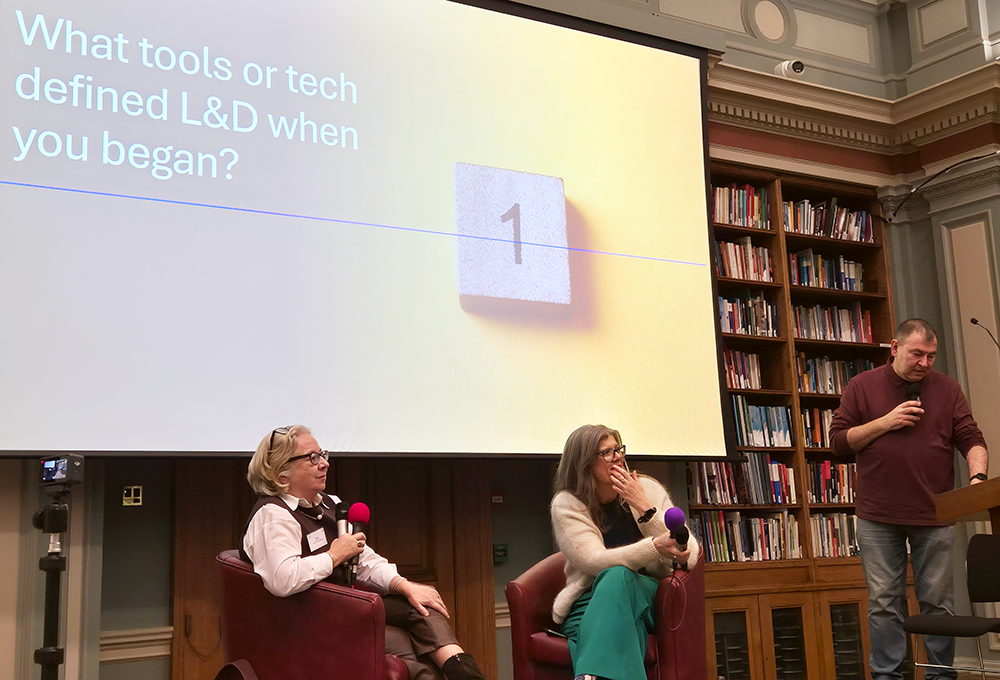Paul Lewis gives TJ seven easy steps to get started in the world of agile business.
Reading time: 4 minutes.
‘Agile’ is one of those words that, since the turn of the century, have made a major impact on how organisations work and do business, as organisations across all sectors have had to respond to dramatic market changes.
Their response has been to adapt structures and processes to become more flexible and transparent, flatten hierarchies, and look for new ways to tap the talents and ideas of their workers. Everyone who’s involved at an executive level – or who has pretentions to that level – knows, or thinks they know, the meaning of ‘Agile’ in a work context.
While Agile methodology has revolutionised the way start-up and software development companies operate, agility isn’t purely about better software. It’s about doing business better. This understanding has seen Agile progress from a methodology to becoming a business transformation tool.
Becoming both mainstream and ‘popular’ suggests that Agile is a concept whose time has come but its very popularity can be a curse
Consequently, a wide – and growing – range of organisations is embracing Agile’s principles and employing them in a range of business functions, including HR and L&D as well as IT and finance.
Becoming both mainstream and ‘popular’ suggests that Agile is a concept whose time has come but its very popularity can be a curse – with the concept’s truths being mixed in the corporate mind with disinformation and misinformation.
This can pose a challenge for L&D professionals who must help their businesses embrace agility – especially in creating an organisational learning culture that helps the organisation to move faster.
Professor Ricardo Perez, Academic Director of the Master in Digital Business programme at IE Business School, believes that, to some firms, agility comes naturally.
“Silicon Valley start-ups, for example, don’t discuss becoming agile. They just are,” he says. “They’re more open, flexible, democratic and communicative.
“Fresh ideas are pitched, tested and funded and, if they fail, they’re revised and tried again. WhatsApp messaging replaces long-established communications channels. Rules get broken; mindsets morph, and business models are quickly reinvented.
“Even traditional ‘command and control’ corporate cultures can become agile,” argues Professor Perez. “It all comes down to these cultures’ attitudes to ‘experimentation’ and the setting of clear principles, rules, goals and incentives.”
However, larger, established organisations tend to find that becoming Agile is neither a simple nor easy process. For those embarking on this transformational process, Professor Perez recommends that they:
- Take one step at a time. Institute Agile working gradually. Maybe start in a single business unit, and progress in small, incremental steps. Bite-size changes are more manageable. They also act as a useful precedent, stimulus and confidence-booster for other departments as they prepare to change.
- Create champions. Agile working doesn’t just happen – even if it’s been ordered from the top of the organisation. This is because many senior staff will feel uncomfortable or even resist experimenting in ways that circumvent established reporting structures. So, when embarking on Agile change, find champions to inspire, encourage and cajole the rest – especially during crises when staff, typically, revert to traditional ways of working.
- Beware the ‘what’s-in-it-for-me’ (WIIFM) syndrome. Workers who’re disengaged tend not to think about what’s good for the organisation. They may fear for their jobs. Maybe their ideas are ignored or rejected simply because no process exists for considering them properly. Even the most junior staff want to feel they have an input into the organisation’s future. Organisations can prevent disillusion from setting in by communicating why these workers – and their colleagues – are doing the work they do. Then, organisations should widen and simplify the innovation process so that these workers can suggest ways to improve things.
- Operate a simple system to test concepts. Good ideas are seldom launched by one person acting alone. The concept-testing process usually involves some financial backing and support from other departments (such as IT or marketing). It will also need some senior level sponsorship and a post-launch review of what went wrong or right. Without having a supporting ecosystem, the tiniest obstacles will de-rail the efforts of even the most brilliant and energetic staff member.
- Loosen command and control. The involvement of senior executives shouldn’t mean asserting control over the entire process. Traditional command-and-control corporate cultures often believe that senior managers must lead from the front. Typically, they lack self-restraint and ignore negative feelings bubbling up from below. Agile companies need leaders who guide and support without cramping the style of their team members.
- Balance trust with rules. Striking the right balance involves trust. Agile organisations allow staff to work in their own way and they feel confident enough to test ideas that might not work. However, trust must come with rules to prevent an initially good idea getting out-of-hand. Agile companies must measure and monitor what they produce as much as how they produce it. Staff at Barcelona’s groundbreaking restaurant, El Bulli, would spend half the year devising original menus and the other half making and serving them. Leaders set the vision and the rules – but staff determine how best to execute.
- Define the end goal. Not only must parameters be set, but the end goal must be clear. What – exactly – is the job that needs to be done? What does successful execution look like? Without a clear sense of when a job is done, agility loses its sense of purpose and becomes an open-ended fudge that drains rather than invigorates the organisation’s creative talent.
About the author
Paul Lewis is editorial director of the FT | IE Corporate Learning Alliance.



